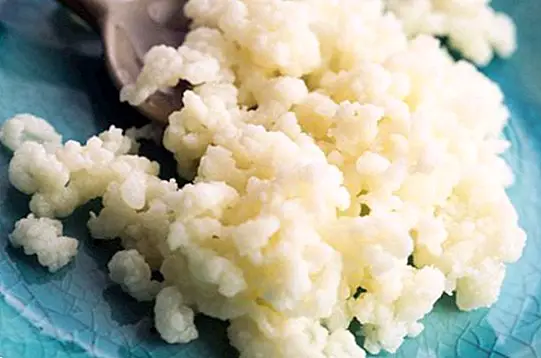Functions of insoluble fiber and rich foods
As we talk about the existence of two types of constipation (the atonic constipation, caused by a lower motor capacity of the colon, and the spastic constipation, caused by the emotions), we must also speak of the existence of two fiber types: insoluble fiber and soluble fiber.
Of course, before we must know what we understand medically for constipation: it consists of the retention of fecal matter beyond the physiological time of evacuation, which can be up to 48 hours or at least three times a week.

From a nutritional point of view fiber is a complex carbohydrate, which means that our digestive system tends to digest it more slowly, not increasing blood sugar levels abruptly. In addition, they have the ability to increase the becalus bolus, stimulating intestinal motility.
The insoluble fiber (also known by the name of non-soluble fiber) is a type of fiber formed by different substances capable of retaining little water, hence it is a fiber that inflates little. Its functions -as we will see- are very important, since it helps to clean the walls of the intestine, increases the volume of stool and eliminates waste adhering to the intestine.
Main functions of insoluble fiber
- Improves and facilitates the movement of the digestive tract.
- Retain water
- It produces satiety, reducing the appetite and the sensation of hunger.
- Increase the volume of stool.
- Prevents diverticulosis and colon cancer.
- Avoid the entry of toxic substances.
- Renew the bacterial flora
- Prevents and prevents hemorrhoids.

Foods rich in insoluble fiber
If you want to increase the consumption of foods rich in non-soluble fiber, we advise you to choose the following:
- Fruits: strawberry, peach, banana, pear, pineapple and kiwi.
- Vegetables and vegetables: cabbages (broccoli, cauliflower, Brussels sprouts and cabbage), Swiss chard, spinach, arugula, chicory, lettuce, watercress.
- Nuts: almonds, chestnuts, peanuts (peanuts) and nuts.
- Tubers: potato, sweet potato and cassava.
- Vegetables: beans, peas, chickpeas and lentils.
- Grains and cereals: wholemeal flour, wholemeal bread and wholemeal pasta.
- Seeds: of sesame and linen.
Images | Moyan_Brenn / Shelby PDX This article is published for informational purposes only. You can not and should not replace the consultation with a Nutritionist. We advise you to consult your trusted Nutritionist. ThemesFiber


